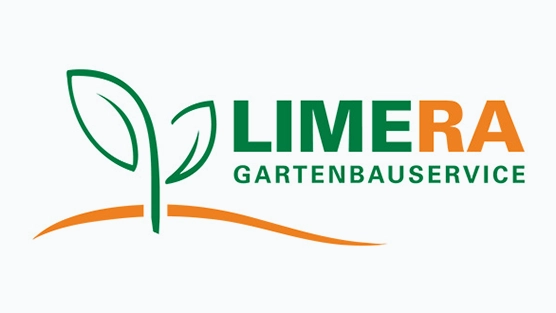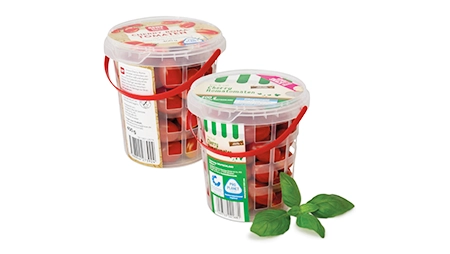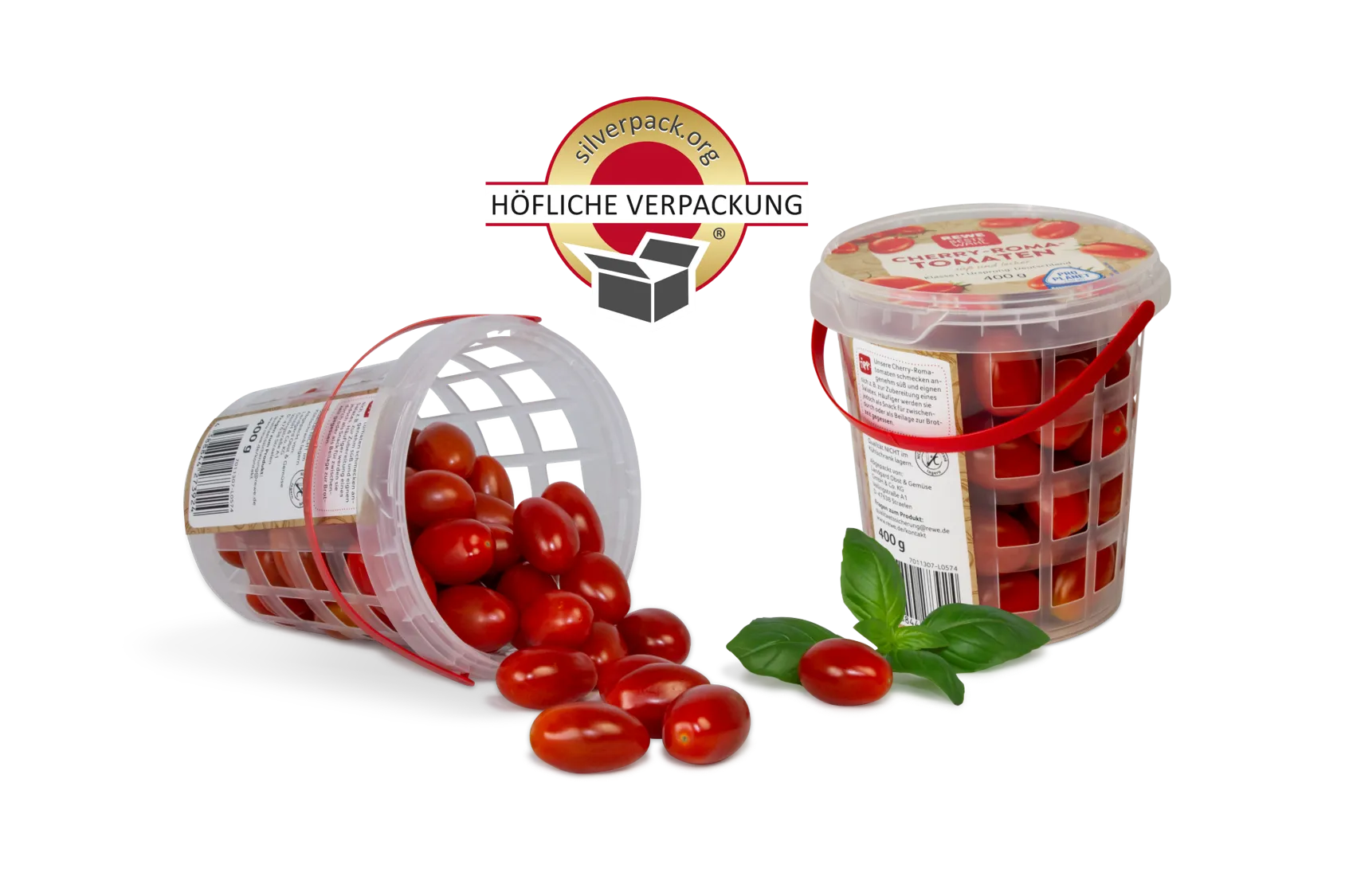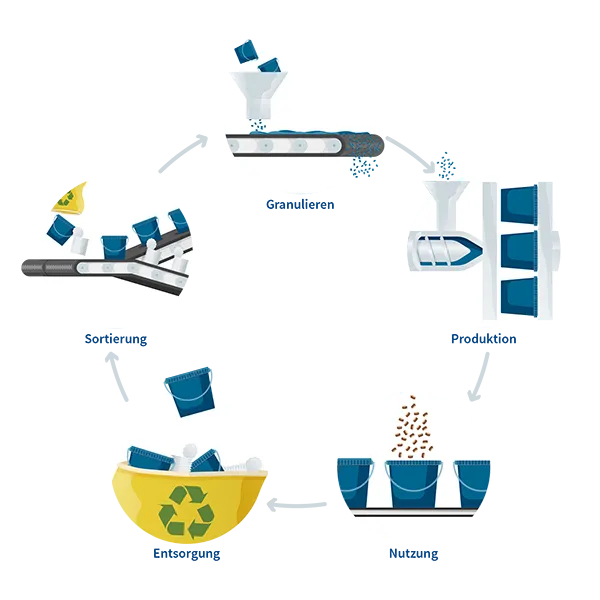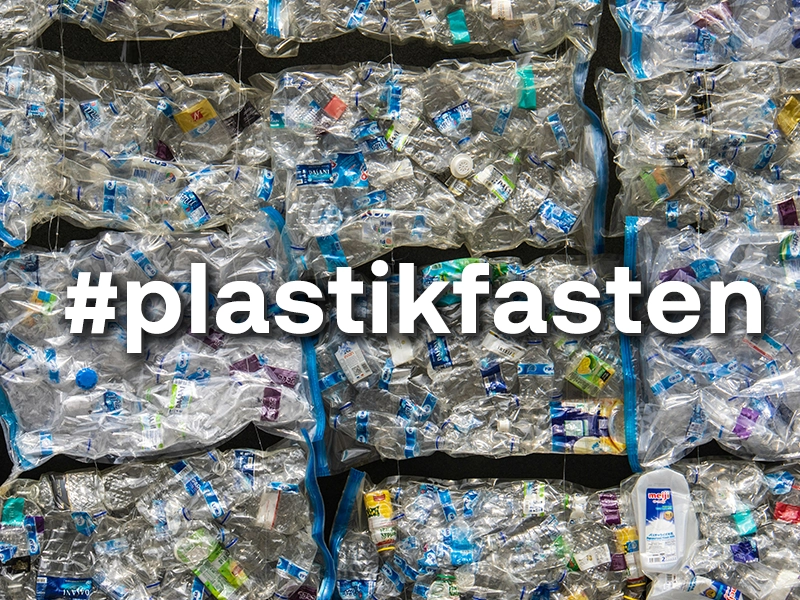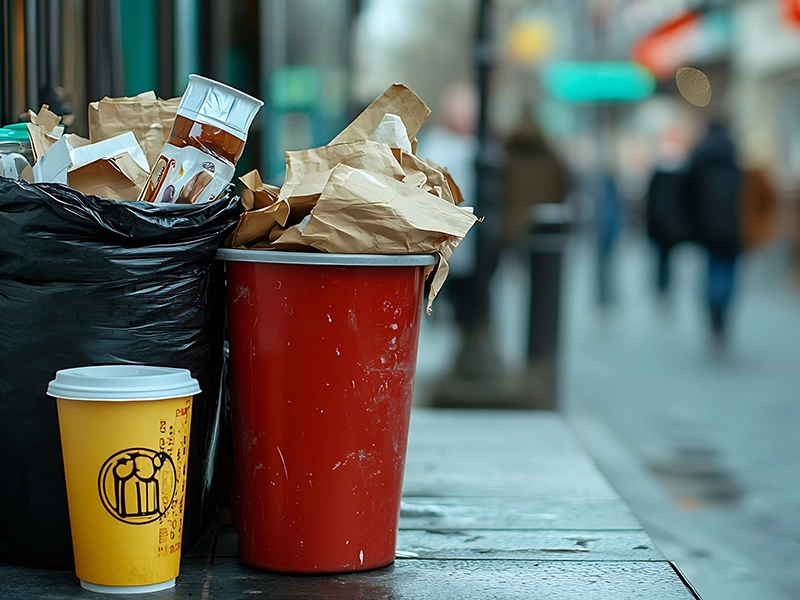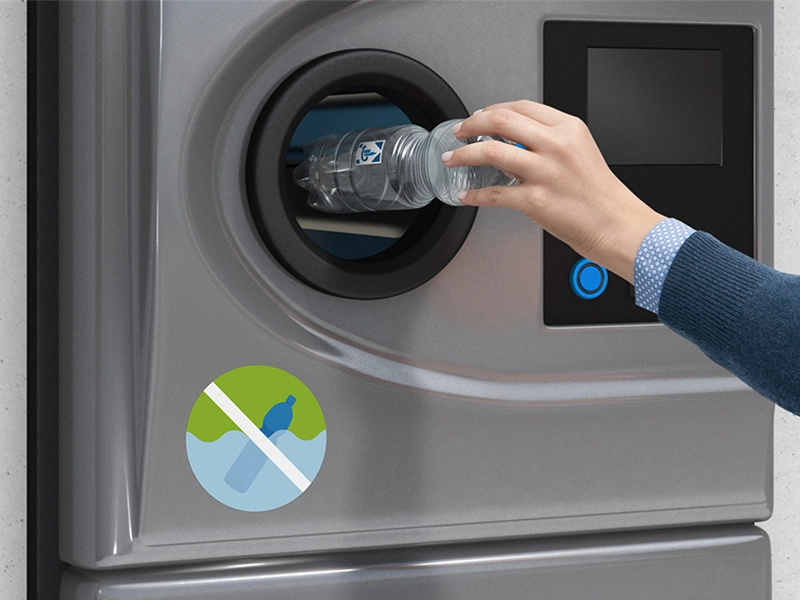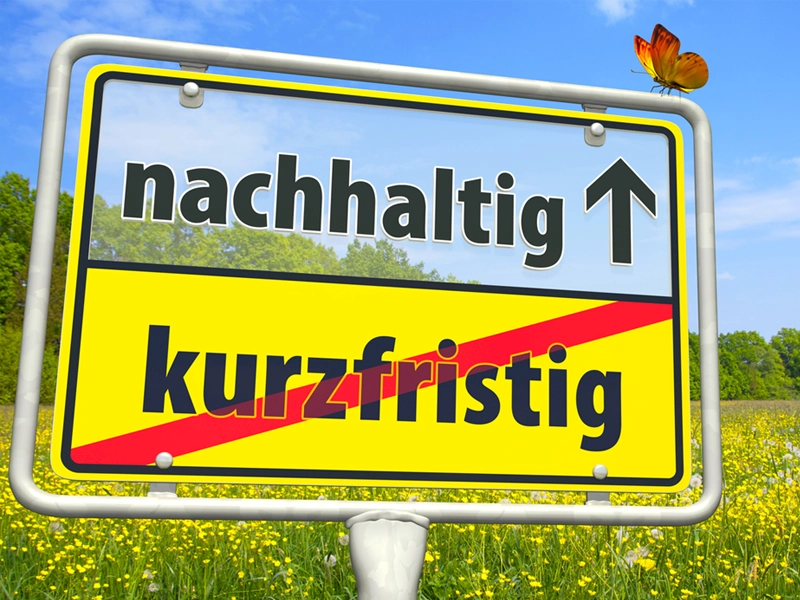Packing price "Höfliche Verpackung" in gold.
„For our customers, i.e. the horticultural companies, it is important that the packaging is optimally adapted to the logistics of the trade. With the quickly produced prototype, we were able to test directly whether the bucket in the planned format really does fit perfectly into the standard crates that transport the packaged snack tomatoes to the markets later.“
Stephanie van Cleef, Sales at LIMERA


